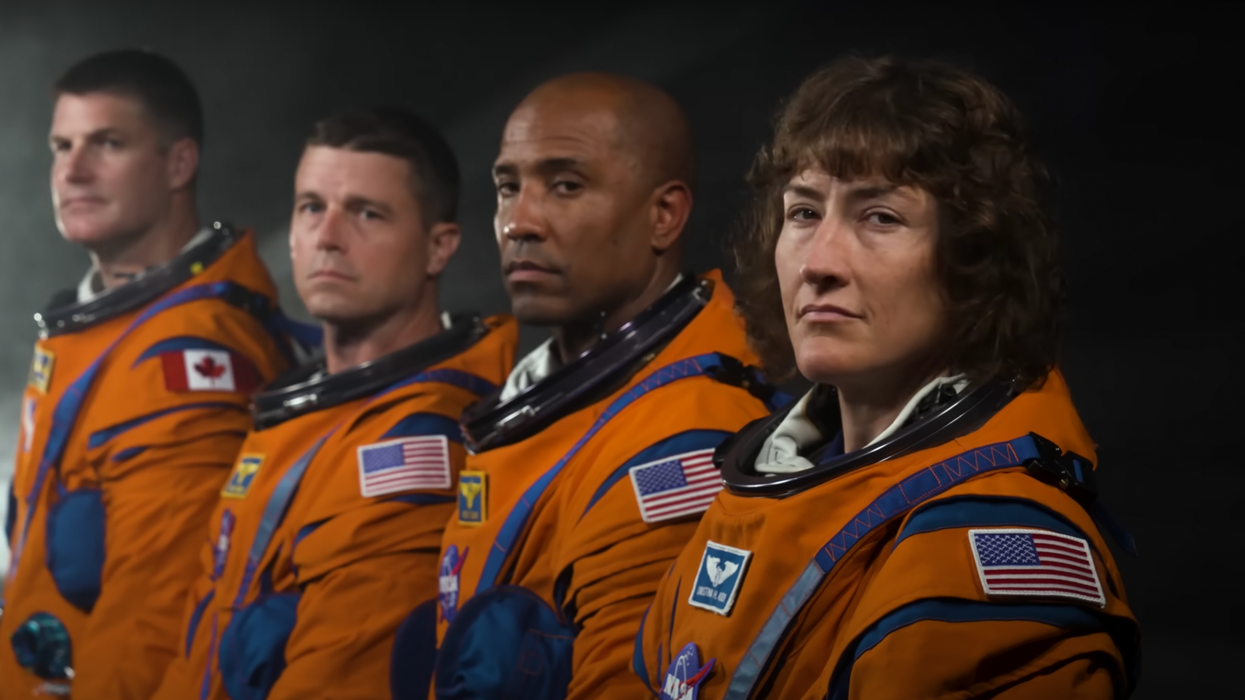
Screenshot taken from video on the NASA YouTube channel

More than five decades since astronauts last set foot on the moon during the 1972 Apollo 17 mission, three Americans and one Canadian have been announced as the four-person crew who will fly near the moon on the upcoming Artemis II mission — though the crew will not land on the lunar surface, the mission will pave the way for an eventual moon landing.
The crew will include NASA astronauts Reid Wiseman, Victor Glover, and Christina Hammock Koch, as well as the Canadian Space Agency's Jeremy Hansen — Wiseman will serve as commander, Glover as pilot, and Koch and Hansen as mission specialists.
All three of the Americans have previously blasted off into space as astronauts, while Canada's Hansen has not.
Artemis II: Meet the Astronauts Who will Fly Around the Moon (Official NASA Video)www.youtube.com
"The approximately 10-day Artemis II flight test will launch on the agency's powerful Space Launch System rocket, prove the Orion spacecraft’s life-support systems, and validate the capabilities and techniques needed for humans to live and work in deep space," according to a NASA press release. "The flight, set to build upon the successful uncrewed Artemis I mission completed in December, will set the stage for the first woman and first person of color on the Moon through the Artemis program, paving the way for future for long-term human exploration missions to the Moon, and eventually Mars. This is the agency’s Moon to Mars exploration approach."
The mission will launch from the Kennedy Space Center in Florida, according to NASA.
"Orion's European-built service module will give the spacecraft the big push needed to break free from Earth orbit and set course for the Moon. This trans-lunar injection burn will send the astronauts on an outbound trip of about four days, taking them around the far side of the Moon, where they will ultimately create a figure eight extending more than 230,000 miles from Earth. At their max distance, the crew will fly about 6,400 miles beyond the Moon," NASA notes. "Instead of requiring propulsion on the return, this fuel-efficient trajectory harnesses the Earth-Moon gravity field, ensuring that—after its trip around the far side of the Moon—Orion will be pulled back naturally by Earth’s gravity for the free return portion of the mission."
Like Blaze News? Bypass the censors, sign up for our newsletters, and get stories like this direct to your inbox. Sign up here!